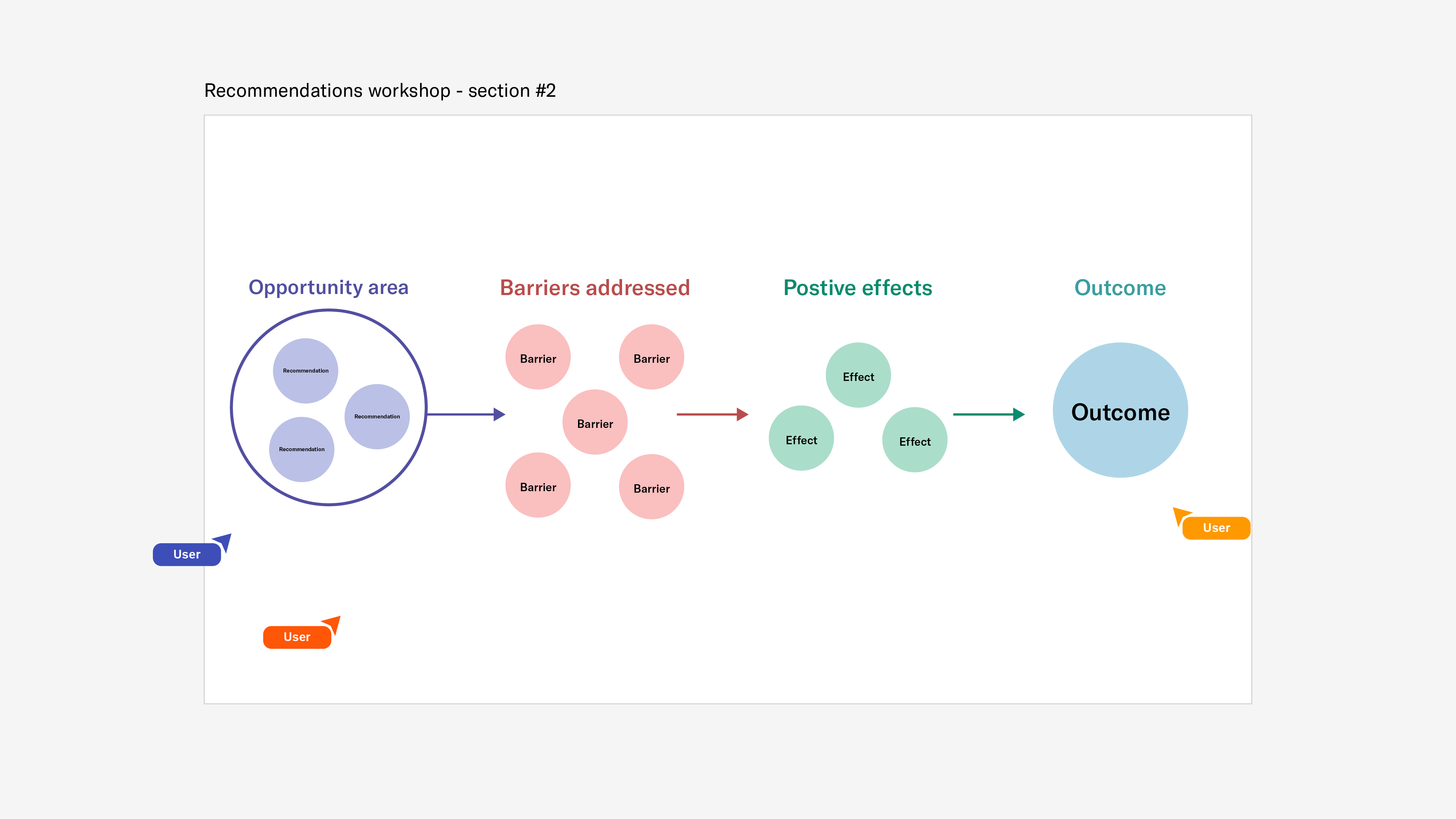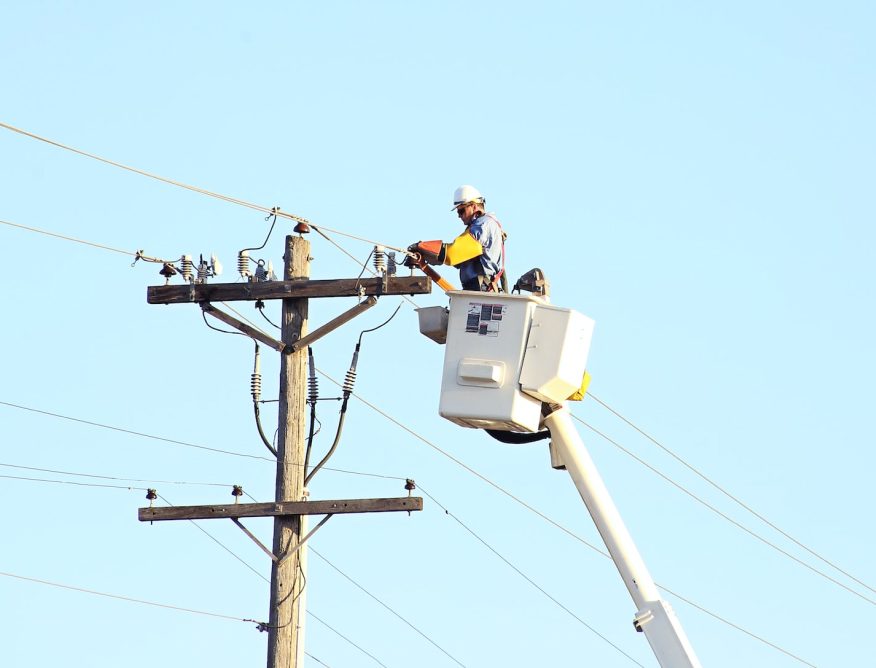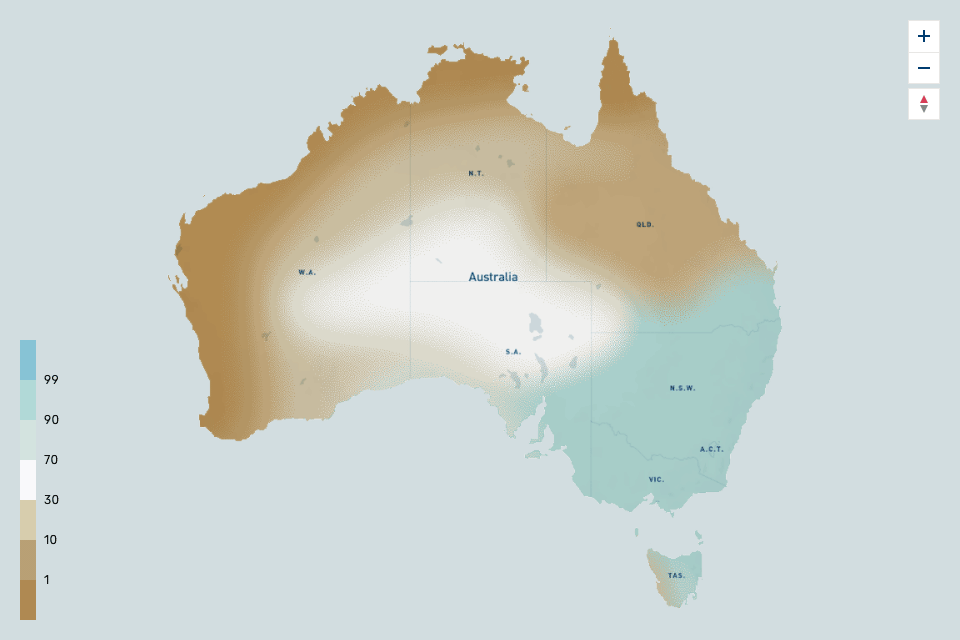Australian Energy Market Operator
Enabling innovation in the Australian energy sector through systems design
The Australian Energy Market Operator (AEMO) engaged Paper Giant to identify barriers in the energy sector that prevent start-ups, emerging and existing businesses from developing competitive products and services using consumer energy data.
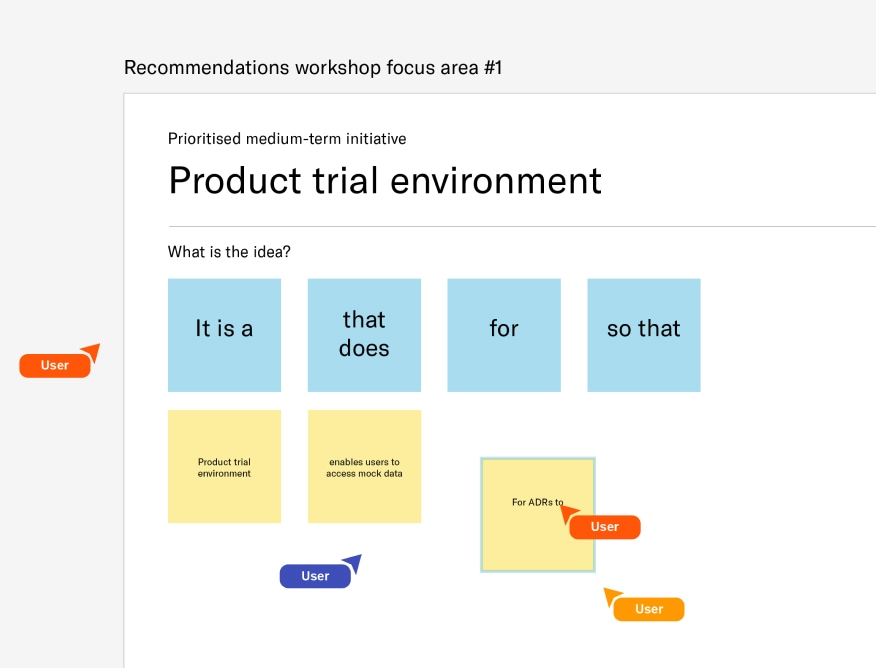
Outcomes
-
A system map for the energy data system, designed to uncover the opportunities for, and barriers to, innovation using consumer energy data
-
Co-designed the decisions AEMO had to make around advocacy and beneficial opportunities related to the Consumer Data Right (CDR) and energy data system innovation
-
A set of recommendations and initiatives that reinforce positive and sustainable outcomes to support emerging and existing businesses in the energy data system
Services
- Social innovation
- Systems mapping
- Service design
Sectors
A sustainable energy system
AEMO’s mission is to design and operate a sustainable energy system. A sustainable energy system is adaptive, it supports emerging markets and services, and it provides affordable, safe and reliable energy for all Australians.
However, the Australian energy system is complex, shaped by the conflicting needs and actions of consumers, government, organisations, the economy, the energy market and forces within the system itself.
AEMO engaged Paper Giant to help navigate this complex system and recommend initiatives to ensure the consumer energy data system supports emerging markets and services via a research process involving diverse business types.
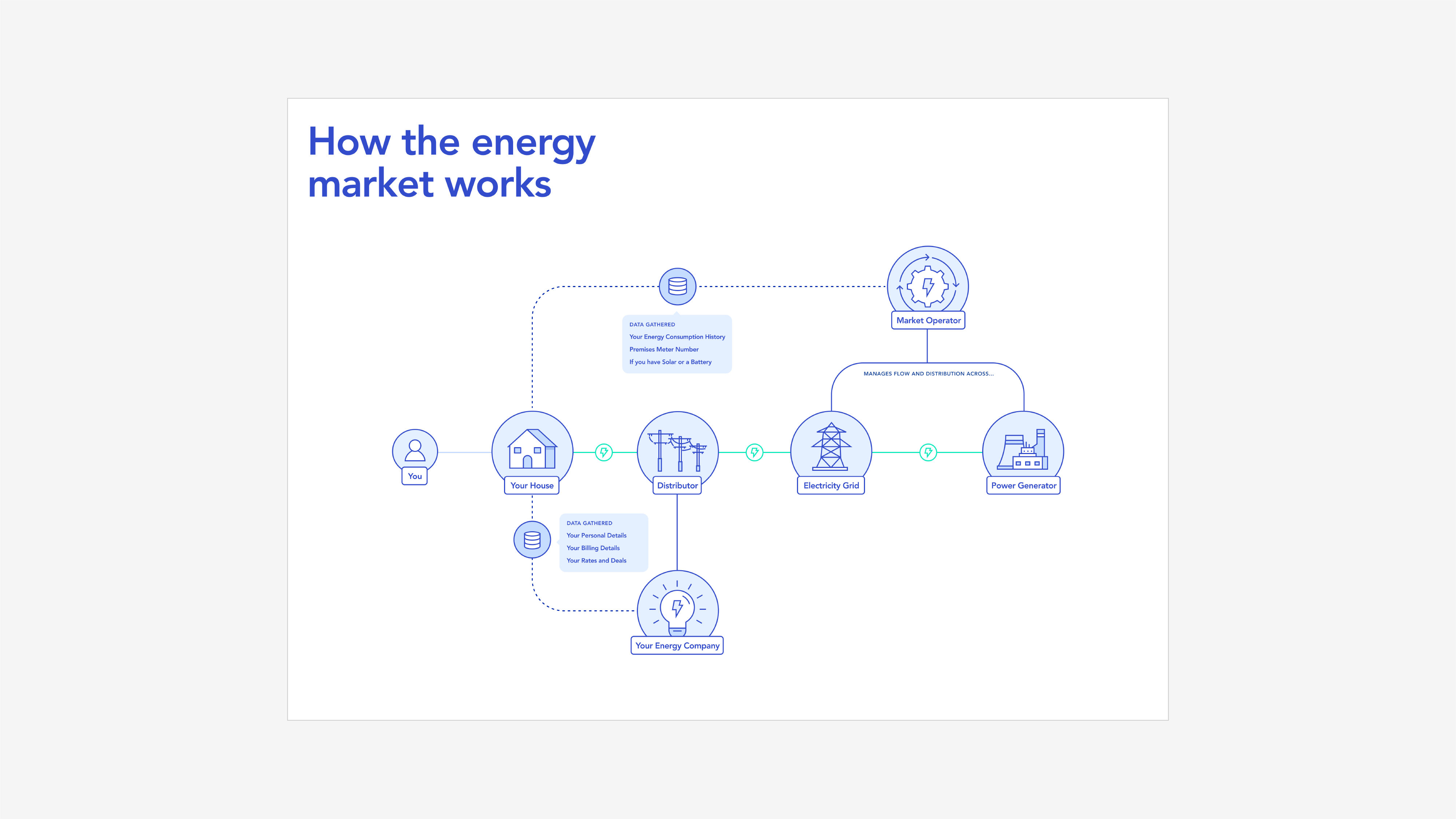
A simplified diagram showing how the energy market works in in Australia. This was an effective tool in helping people to understand the way the industry connects and works together.
The need for resilience
COVID-19 has reminded Australia how important it is to have flexible and resilient strategies that ensure the supply of resources (including energy) is maintained during times of crisis. The pandemic has deepened the economic strain on new businesses, potentially making innovation more challenging.
Working with AEMO to understand the complex consumer energy data system, Paper Giant was able to remotely facilitate the co-design of AEMO’s short- and near-term strategies that ensure the Australian consumer energy data system remains stable and continues to support emerging and existing businesses well into the future.
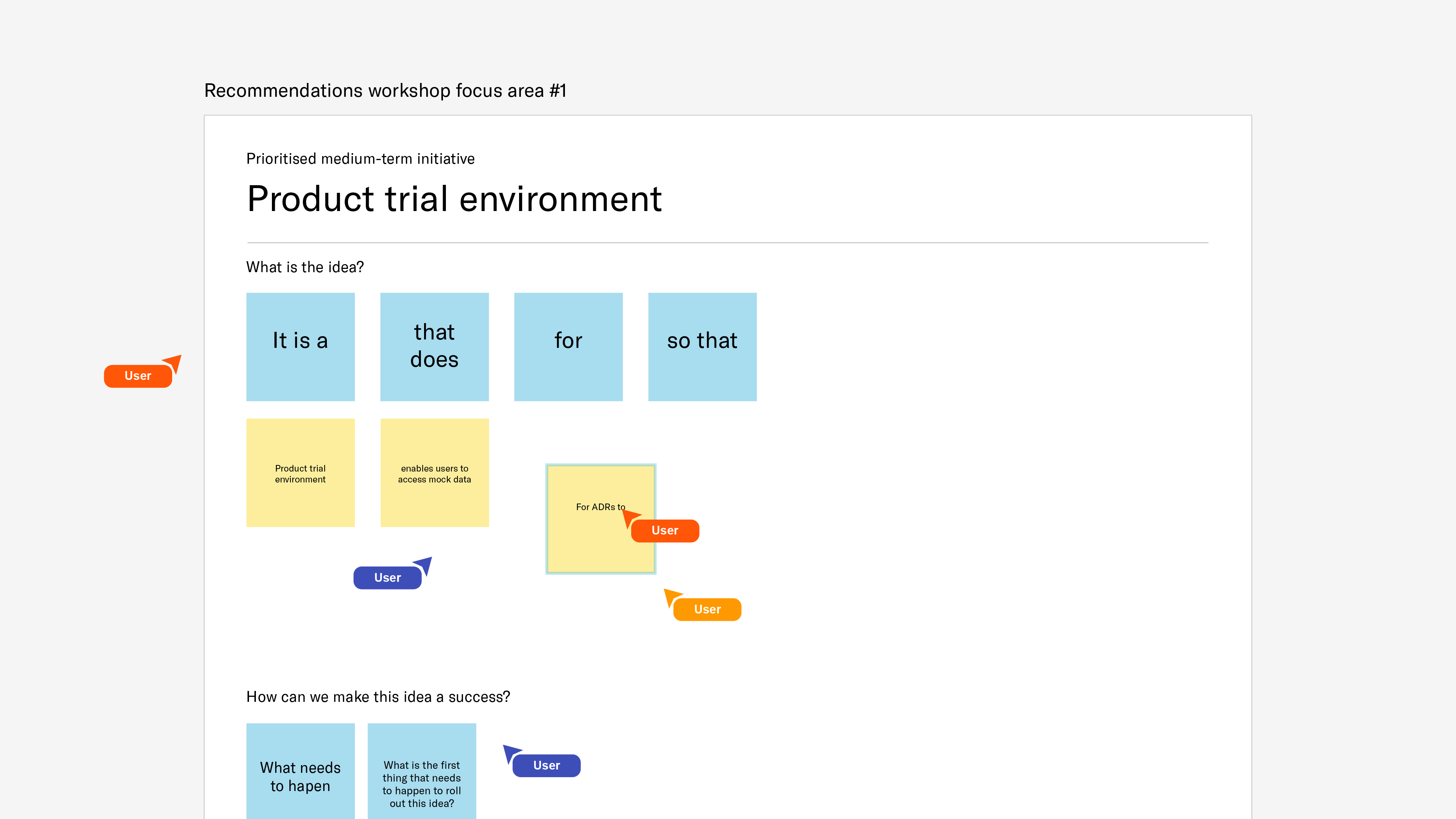
A balanced and diverse industry perspective
During COVID-19 restrictions, in-person research was impossible, but it was still important to bring participants together in a shared forum. Paper Giant has prior experience with remote research, which we have found invaluable during the pandemic. We used online collaboration tools, and co-designed structured communication, workshop plans and outcomes in advance. This kept engagement with industry participants consistent and frequent through each project phase.
We conducted in-depth, semi-structured interviews and system map workshops with a large variety of energy startups, advocacy groups, data service providers, retailers and energy regulatory bodies. This ensured a balance of diverse perspectives was heard.
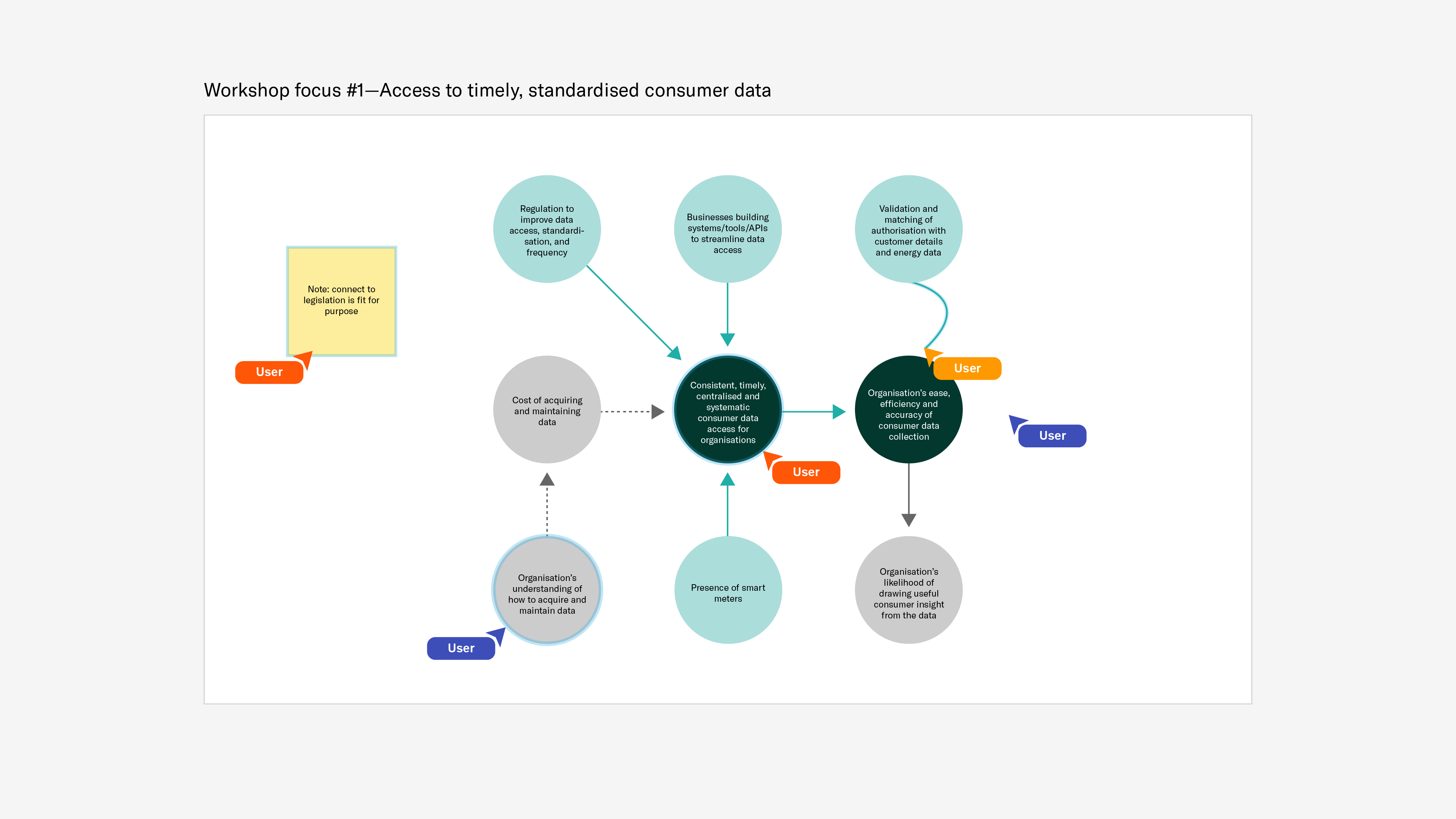
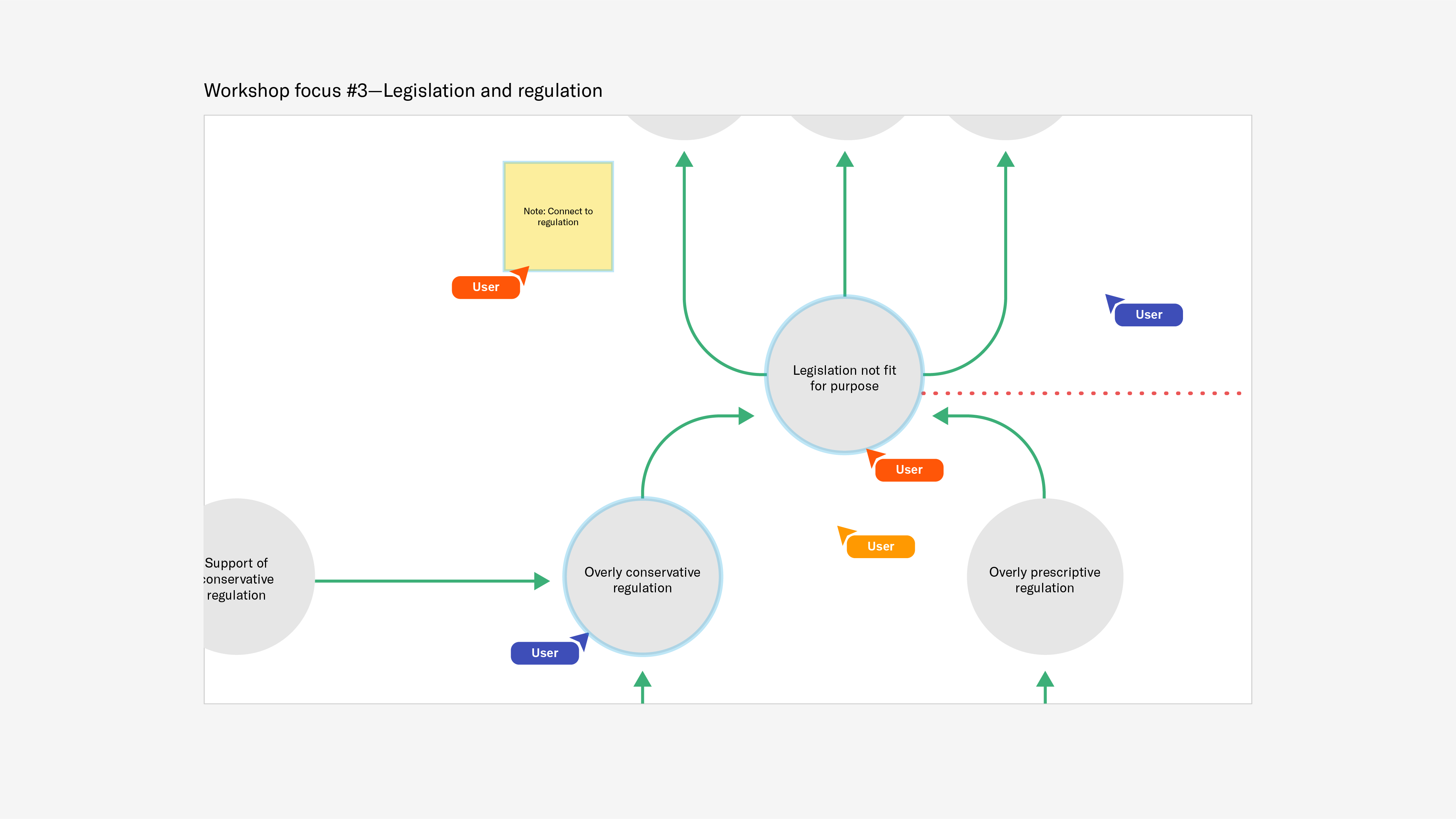
Uncovering system forces, visualising non-linear relationships
Paper Giant worked with different emerging and existing businesses and industry bodies to collate a list of challenges faced by businesses while setting up, designing, testing and delivering new products and services.
Using the information gathered from these co-design workshops, Paper Giant was able to identify forces, barriers and system loops that reinforce negative or positive effects on consumer energy data innovation.
AEMO continued to share, iterate and validate the system forces, loops and barriers with different industry participants, advocacy groups and legislative bodies to ensure their validity and accuracy through each project phase.
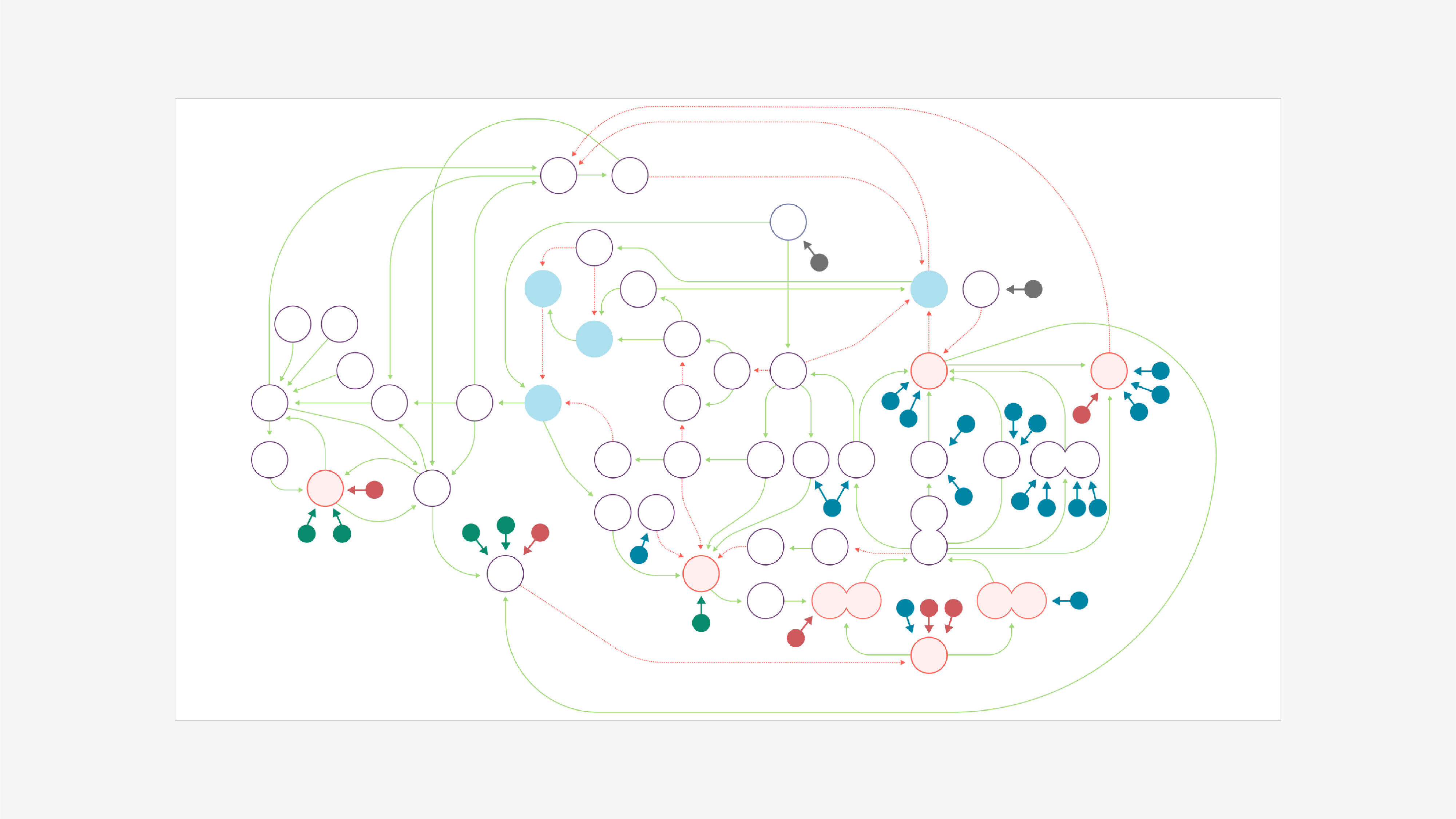
The process of discussion, visualisation, iteration and validation with businesses and consumer advocates who are operating in this system was so crucial in developing AEMO’s understanding of the system forces. The more we uncovered and iterated the clearer it became on what tangible steps AEMO could take to contribute to positive system outcomes for energy consumers and their chosen agents. It placed us in a position to confidently move into the future with a goal and plan to achieve positive outcomes for our customers and the CDR in Energy reform. Partaking in the development of the system map was almost as rewarding as the outcomes for creating positive effects.
— AEMO stakeholder
A higher degree of satisfaction and trust
After each consultation and iteration of the system map, industry participants reported greater agreement with the map and increasingly used it as a tool to discuss the type and implications of barriers to consumer energy data innovation.
The systems map led to new relationships among participants, and conversations sprung up as people made new observations about the system and became interested in the gaps.
As a result, AEMO developed a clearer understanding of how they could advocate on behalf of the industry regarding the Consumer Data Right Framework for Energy to contribute to supporting innovation and change throughout the reform.
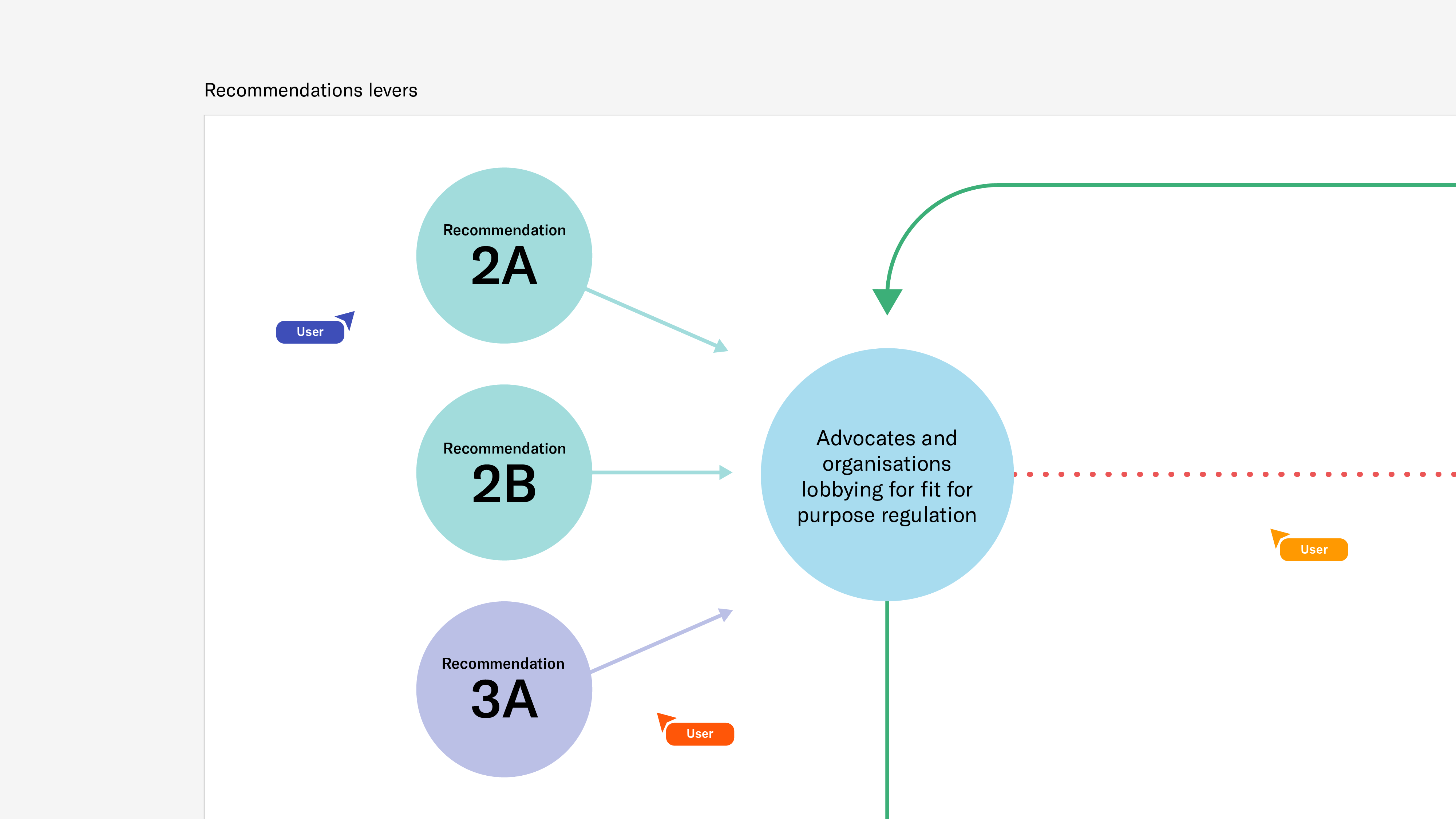
Engaging early with diverse businesses and consumer representatives enabled us to better consider the challenges they face with the consumer energy data system, leading to informed decision making around potential design opportunities for safely and securely enabling the sharing of consumer energy data with participating CDR businesses.
— AEMO stakeholder
Practical actions to reinforce ongoing positive system outcomes
Using our understanding of system forces and barriers, we were able to recommend a set of actions for AEMO that would create positive flow-on effects in the consumer energy data system. Each action was designed to clear the system of a particular set of negative system effects.
Paper Giant helped AEMO make each action tangible by co-designing a set of success measures, benefits, risks and next steps for AEMO to consider when implementing.
AEMO hopes to continue to share, iterate and validate the energy data system map with different industry participants, advocacy groups and legislative bodies to further understand their influence in the system and how to stimulate innovation in the long-term.
